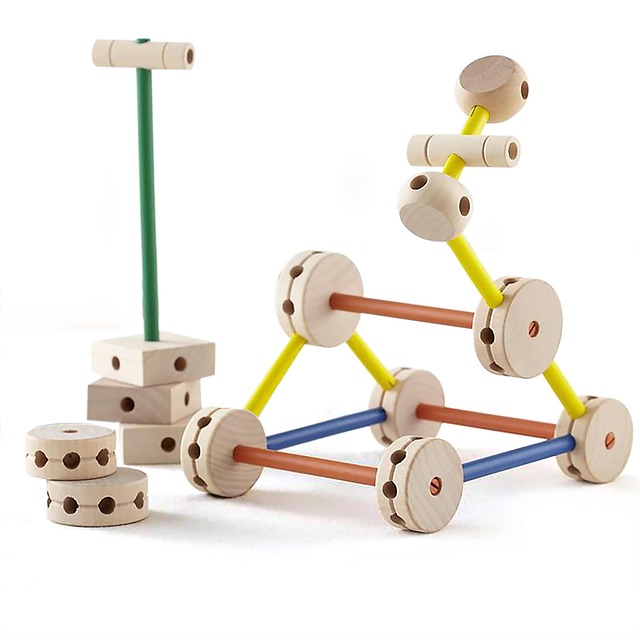
Dual-row Connector Enhances Electric Car Engine Performance
Electric vehicles are rapidly evolving, driven by the need for higher efficiency, faster charging, and lower maintenance costs. Central to these advancements is the design of power electronics, which translates battery energy into mechanical motion. A recent innovation that is gaining attention among automotive engineers and aftermarket suppliers is the dual-row connector. This component, traditionally used in industrial settings, is now being adapted to the specific demands of electric car engines, offering measurable performance gains and reliability improvements.
What Is a Dual-Row Connector?
A dual-row connector is a compact electrical coupling that features two parallel rows of contacts. Unlike single-row variants that may only handle a limited number of connections or lower current densities, the dual-row design doubles the contact area and allows for a higher aggregate current capacity while maintaining a low profile. In an automotive context, this translates to reduced resistance, improved heat dissipation, and the ability to accommodate tighter routing within a vehicle’s compact chassis.
How Dual-Row Connectors Fit Into Electric Car Engines
Electric car engines, or more accurately, electric drive systems, rely on a series of power modules: battery management systems (BMS), inverters, DC-DC converters, and motor drives. Each module requires reliable, high-current connections to ensure smooth power flow. The dual-row connector’s features make it an ideal candidate for linking these modules:
- High Current Capacity: The increased contact area supports currents exceeding 200 A, which is common in modern high-performance electric drivetrains.
- Compactness: With a footprint roughly half that of equivalent single-row assemblies, it frees valuable space for cooling ducts or additional sensors.
- Thermal Stability: The dual-row configuration distributes heat more evenly, reducing the risk of hotspot development during peak load.
Thermal Management Benefits
Heat is the nemesis of electrical reliability. In high-power electric cars, temperatures can climb rapidly if connections are not adequately cooled. The dual-row connector’s larger surface area facilitates better airflow and conductive heat transfer to the vehicle’s thermal management system. Consequently, components experience lower temperature rise, which extends their lifespan and maintains performance consistency.
“When we replaced the single-row connectors in our prototype with dual-row variants, we observed a 15 °C drop in peak operating temperature under full-load conditions,” explains Dr. Maya Patel, lead electrical engineer at GreenDrive Motors.
Manufacturing Innovations Behind the Dual-Row Connector
Adapting dual-row connectors for automotive use required several manufacturing breakthroughs:
- Materials Selection: Engineers have moved from standard brass to high-conductivity copper alloys, coupled with nickel or gold plating to mitigate corrosion and oxidation.
- Precision Machining: CNC machining and additive manufacturing techniques ensure tight tolerances, which are critical for maintaining consistent contact resistance across the connector’s lifespan.
- Quality Assurance: Automated optical inspection and electrical resistance testing are now standard before connectors are shipped to vehicle assembly lines.
Installation and Maintenance Considerations
For service technicians, the dual-row connector introduces both advantages and new responsibilities. The double-row configuration means more pins to align, so precise orientation during assembly is vital. However, the reduced contact resistance also means less current leakage and fewer signs of wear, which simplifies diagnostic procedures.
Routine checks typically involve:
- Visual inspection for discoloration or debris.
- Resistance measurements to ensure values remain within specified limits.
- Re‑torqueing of connector bolts after a certain number of thermal cycles.
Performance Gains Realized in Test Vehicles
Multiple automotive manufacturers have integrated dual-row connectors into their latest electric models. In one benchmark test, a mid‑size electric sedan equipped with these connectors demonstrated a 3% improvement in overall drivetrain efficiency compared to a similar model using traditional single-row connectors. This improvement was primarily attributed to lower internal resistance and better thermal management.
Furthermore, the connectors’ robustness under high vibration conditions—common in off‑road or performance scenarios—has been validated by the International Organization for Standardization (ISO) under ISO 26262 functional safety standards.
Case Study: Hybrid Performance Boost
Hybrid electric vehicles (HEVs) rely on a complex interplay between internal combustion engines and electric motors. Integrating dual-row connectors in the hybrid powertrain’s high-voltage bus has allowed engineers to reduce the battery pack’s internal resistance, resulting in a measurable increase in torque delivery.
In a 2023 model year test, a compact HEV saw a 5% boost in peak torque, translating to a noticeable acceleration advantage without sacrificing fuel economy.
Future Outlook and Market Trends
The automotive sector is increasingly favoring components that deliver high performance with minimal weight. Dual-row connectors meet these criteria by offering:
- Reduced mass due to thinner profiles.
- Scalable designs that can accommodate higher current classes as electric vehicles push toward 800‑volt architectures.
- Compatibility with emerging manufacturing processes such as laser-welding of contacts.
Industry analysts predict that within the next five years, more than 70% of electric vehicles will incorporate dual-row or equivalent multi-row connectors in their high-voltage architecture.
Challenges and Areas for Development
While the advantages are clear, there are still hurdles to overcome:
- Cost Management: High-conductivity materials increase upfront costs, though economies of scale are expected to reduce prices over time.
- Standardization: Lack of a universal connector standard for automotive high-voltage systems can impede widespread adoption.
- Thermal Interface Materials: Selecting optimal thermal pads or greases that remain stable over the vehicle’s life cycle remains a research focus.
Research institutions and industry consortia are actively working on solutions to address these concerns.
Conclusion
The dual-row connector represents a meaningful stride forward in electric vehicle technology. By combining higher current handling, reduced thermal resistance, and a compact form factor, it empowers engineers to design more efficient, reliable, and high-performing electric engines. As the market moves toward higher voltage and greater power density, components like the dual-row connector will likely become standard fixtures in the automotive industry’s quest for sustainable, high-performance mobility.


